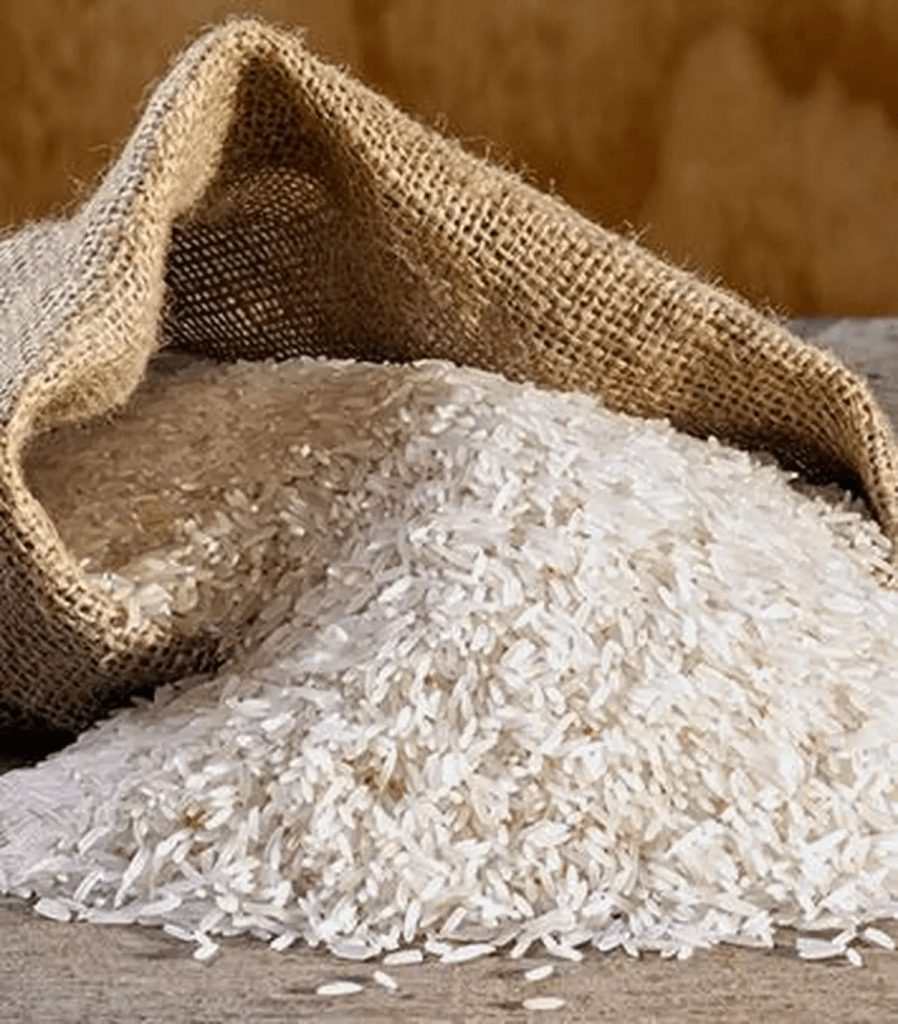Tags
Pakistan offers India stiff competition as global rice prices rise after sharp fall.
Lower freight rates from Pakistan help its exporters; rates rebound on Philippines demand, delay in harvest of new crop.
By Subramani Ra Mancombu.

Rice prices in the global market have begun to firm up after dropping over 10 per cent. Still, Pakistan is offering tough competition to India with its competitive pricing.
“Rice prices have begun to firm up as they had dropped considerably. They are up as Ramadan is approaching and harvest has been delayed,” said BV Krishna Rao, President, The Rice Exporters Association (TREA).
“After India removed rice export curbs, other countries such as Pakistan and Thailand cut prices by 10-15 per cent,” said Delhi-based exporter Rajesh Jain Paharia.
“Rice prices are rebounding on good demand from the Philippines, where buyers seek the new crop. Far-Eastern countries are buying good volume,” said Rajathi Group Director M Madan Prakash.
Pakistan’s advantage
According to the Thai Rice Exporters Association, Thailand is quoting $516 a tonne for 5 per cent broken white rice, while Vietnam is offering at $520-$524 and Pakistan at $455-$459. India’s price is $453-$457. Prices are up $10 over the past fortnight.
“The new rice arrival is offered at $460 a tonne free-on-board,” said Prakash, also a former president of the Agri Commodities Exporters Association (ACEA).
“The problem for India is that freight rates from Pakistan are lower compared to India. Due to high imports from China, freight charges are lower from Pakistan. For example, from Karachi to Port Louis in Mauritius is $45 per container, while from Mundra to the same port it is $90,” said Jain.
“One advantage for Pakistan is that its rupee value is lower than India. Pakistan can offer only limited competition to India, though of late its exporters are aggressive in the market, said New Delhi-based trade expert S Chandrasekaran.
Tapping empty containers
The Pakistani rupee is valued at 0.0036 against the dollar, while the Indian rupee’s value is 0.012 to the greenback.
“Pakistan has good relations with China compared to India. Therefore, they are importing huge amounts of goods from Beijing,” the expert said.
Data show that Karachi handles 1.97 million containers annually and returns about one million containers empty.
“It makes sense to make use of empty containers. It is better to offer low freight rates than allowing it to go empty,” the trade expert said.
Despite the stiff competition, India is exporting 1-1.3 million tonnes (mt) of rice per month, particularly after shipment curbs were lifted, said TREA’s Rao.
Quality issues with Pak
“Some buyers, particularly in the Philippines are reporting quality problems with Pakistan rice. They are complaining that the whiteness of the rice is of not of desirable level, while moisture seems to be a bit high,” said a trader without wishing to be identified.
India curbed rice exports from September 2022, when it banned shipments of broken rice and imposed a 20 per cent duty on white rice. In July 2023, it banned exports of white rice and imposed a 20 per cent duty on parboiled shipments. It also fixed $950/tonne as the minimum export price for basmati.
The curbs were imposed to control food inflation, particularly with rice-growing regions of the country experiencing deficient rainfall in 2022. Last year, El Nino resulted in one-fourth of the country suffering from drought.
Despite weather woes, India produced 135.75 mt in the 2022-23 crop year and 137.82 mt in 2023-24 – both record highs. This year, kharif rice production has been estimated at 119.93 mt.
With rice overflowing in its warehouses, India eased the curbs in September. However, the ban on broken rice exports continues with India using the broken grains for the production of ethanol.
https://www.thehindubusinessline.com/economy/agri-business/pakistan-offers-india-stiff-competition-as-global-rice-prices-rise-after-sharp-fall/article68926975.ecePublished Date: November 30, 2024






